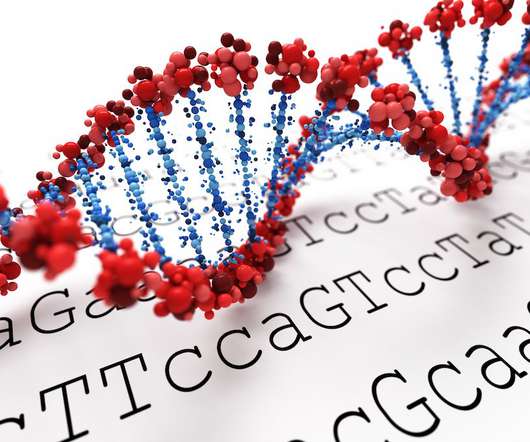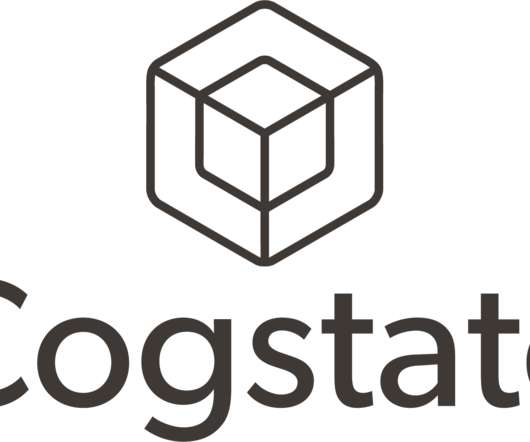Why a recent advancement is a giant leap for human genomics
Drug Discovery World
JULY 15, 2022
The first complete, gapless sequence of a human genome was published 1 April 2022 in a special issue of the journal Science 1. While The Human Genome Project mapped about 92% of the human genome two decades ago, sequencing the last 8% of the genome proved highly challenging.

















Let's personalize your content